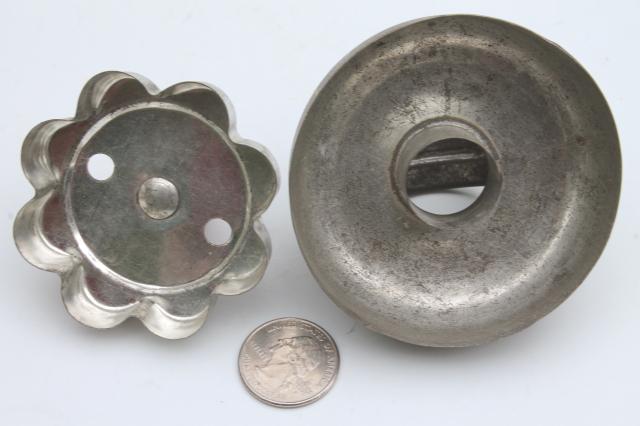
In the North many African-American men turned to the maritime trades for employment, and from these ranks came several outstanding inventors such as James Forten, the wealthy Philadelphia black abolitionist whose fortune was built upon his invention around the turn of the nineteenth century of a sail-handling device, and Lewis Temple, who introduced the toggle harpoon to commercial whaling in Massachusetts in the 1840s.Ĭraftsmen who invented new devices discovered innovative techniques that improved the quality of their products or reduced the cost of producing them often went into business for themselves instead of hiring themselves

Though blacks contributed to the technological development that resulted, there was little public recognition of their achievements. The Rillieux method revolutionized the sugar industry and came to be the accepted method of sugarcane juice evaporation. More is known about black inventors in the eighteenth and nineteenth centuries, particularly those who enjoyed some celebrity in their time, such as Norbert Rillieux, a Louisianan who invented the multiple-effect vacuum evaporation system for producing sugar from sugar cane. This is particularly evident in the areas of boat building, rice culture, pharmacology, and musical instrument making. In the West elements of African technology merged with European and Native American technology to create new American traditions in technology. Africans brought a store of technological knowledge with them to the Americas. But many of them were skilled in crafts and created new devices and techniques in the course of their work.

Seventeenth-century African-American inventors left no written records of their own. Historians are just beginning to uncover some of the ways in which African Americans have contributed to the development of American technology.


 0 kommentar(er)
0 kommentar(er)
